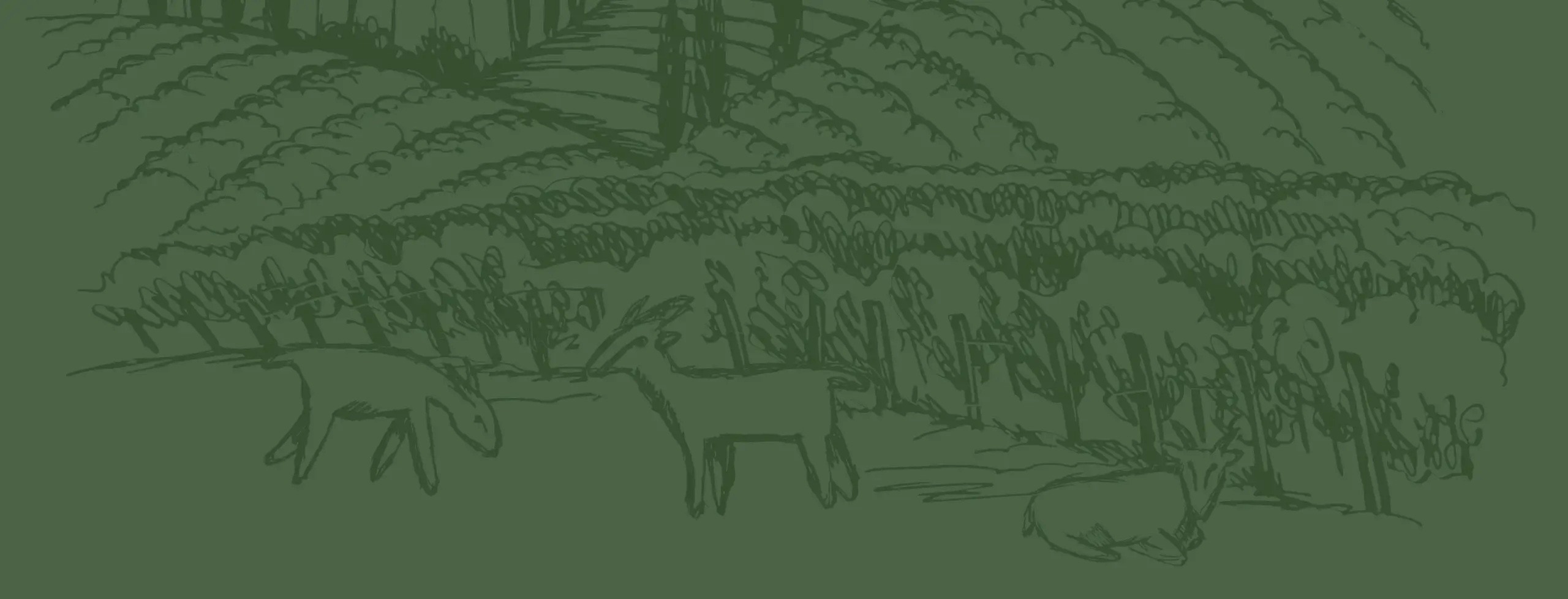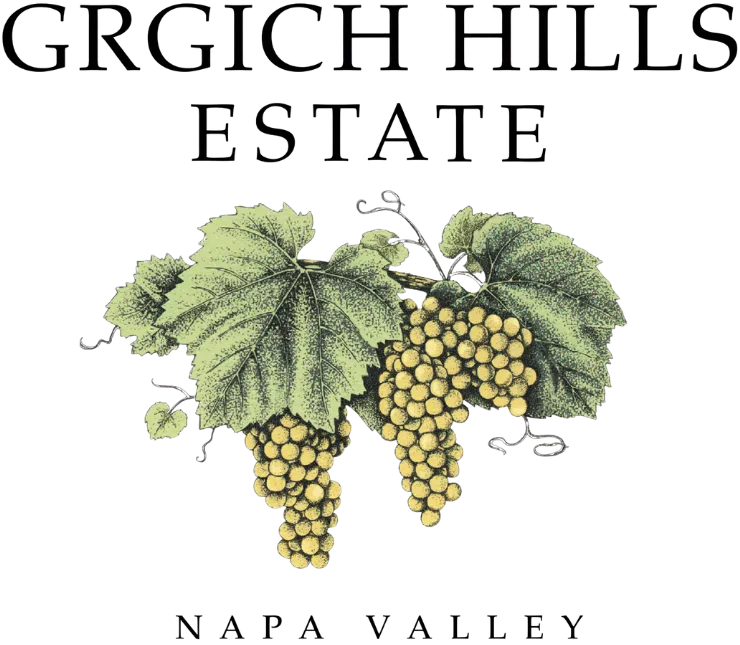Farmers collaborate with songbirds and owls to remove pests from winegrape vineyards
By Matthew Johnson and Daniel Karp in Wine Business Monthly
Report on the studies being conducted by this team of students and scientists from Cal Poly Humboldt, UC Davis, the UC Cooperative Extension and UC Riverside:
- Occupancy of bluebird nest boxes in Napa Valley vineyards
- Preference for boxes with predator guards, mounted on metal poles 5-6 feet above ground, in the open with some non-crop habitat nearby
- DNA analysis of fecal samples will help understand if they are eating the pests (leafhoppers, mealybugs, sharpshooters, 3-cornered alfalfa hoppers) or also the beneficial arthropods (spiders, lacewings, parasitoid wasps)
- GPS data shows bluebirds forage within vineyards when it is not too hot, so shaded wooded areas nearby are necessary part of infrastructure
- Barn owls contribute to pest management of rodents
- They spend 30-40% of time hunting in vineyards
- Gopher activity is lower in vineyards with barn owl nest boxes
- They are less successful on windy nights
- They are more successful when cover crops are tall or after they have been cut and the grass has dried – the rustling sound betrays the rodents
- Barn owls prefer tall boxes (2′ tall) mounted on tall poles (10’+) facing away from prevailing winds with some grassland and little forest nearby
Side bar on ecosystem diversity in Napa vineyards:
- Grgich Hills
- Honig Vineyards and Winery
- Matthiasson Vineyards






